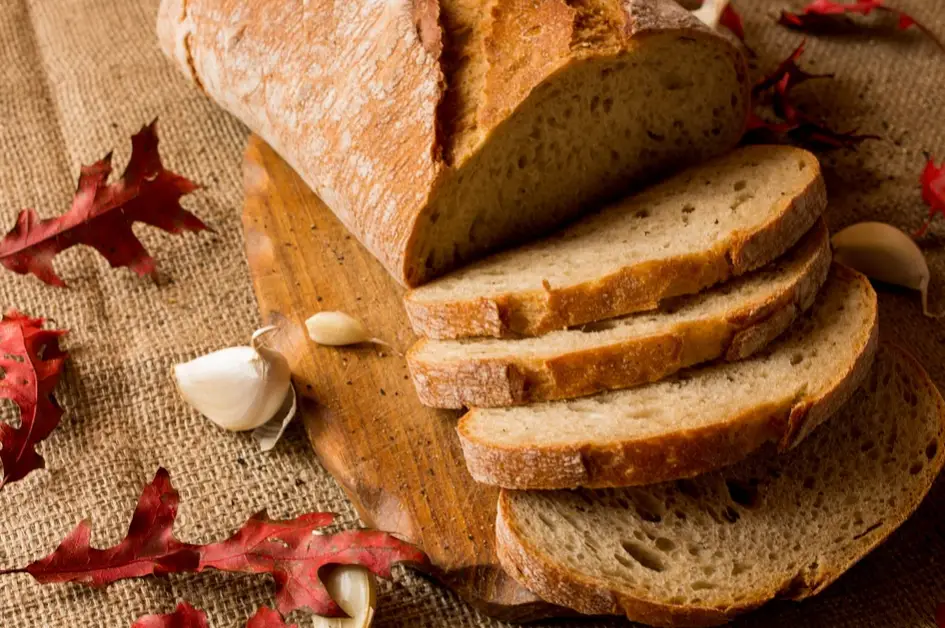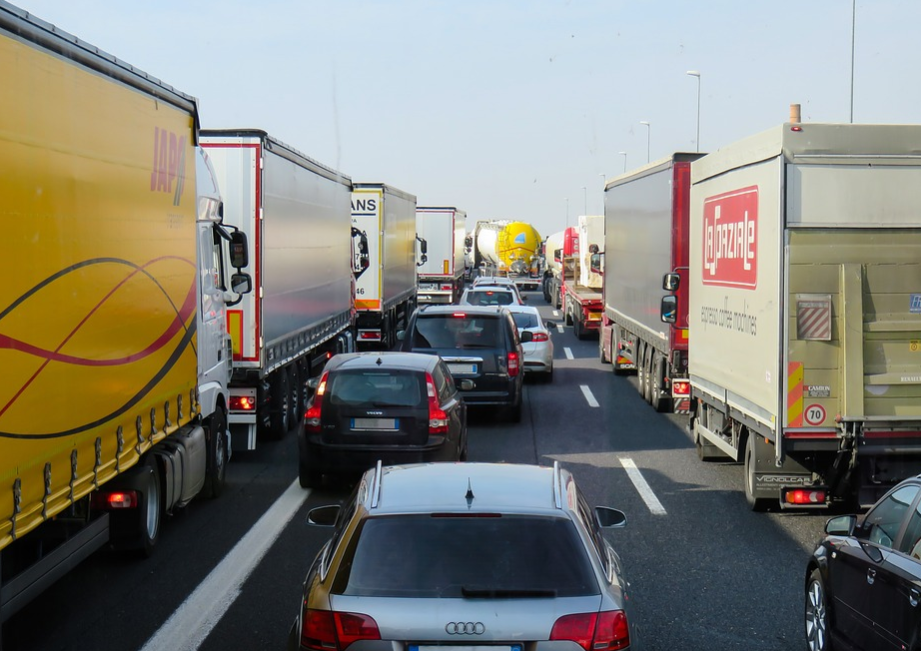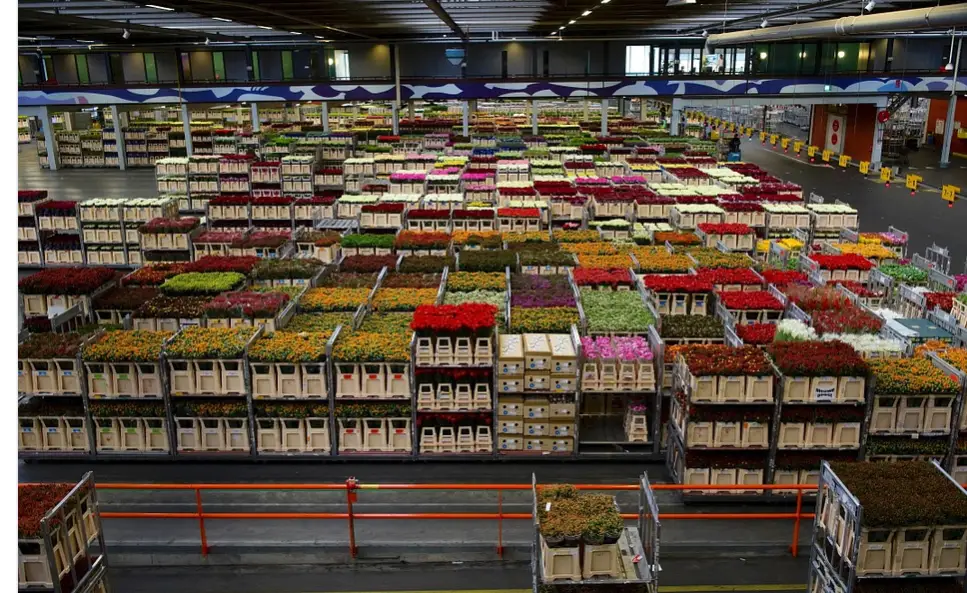Production is the process of making useful goods and services. It is also considered the creation of the utility. However, Some utilities are forming utility, place utility, time utility, and possession utility. These utilities are created in the productive processes. Moreover, This is considered “marketing as a value-added process”.

Form utility:
Farm products and food products are not the same. Besides, Farm products are used as raw materials for producing food products. For example, the miller and baker make bread, cake, and biscuits from wheat and flour that create form utility. The dairies change raw milk into butter and cheese. Here, canners and freezers alter the form of raw farm products. All of these changes create something useful that consumers are often willing to pay for it.
Place utility:
Food producers produce their food products at a distant location from customers. The railroad or trucker adds place utility by moving these food products from producers to the wholesaler, these wholesalers sell to the retailers and retailers are the people who have direct interaction with final customers.
In this way, food products reach the hand of the final consumer. The food processor, wholesaler, and retailer create place utility by transferring foods from production to consumption areas. The food exporters and importers act as specialized people in creating place utility.

Time utility:
The food processor produces its products seasonally but the consumers eat products all year round. This is possible by the time utility. The marketing activities have altered the timing and availability of the product for the customers. The meat packers may freeze some of the beef products for later use. The super shop, supermarkets, or retailers have an inventory holding, through this add time utility of the products.

Possession utility:
The marketing activities also create possession utility. Possession means acquiring and taking the title of the desired products.
For example, one-stop-shop like super shop or supermarkets makes it easy for shoppers to purchase their desired products. These shops have an easy payment system. The vending machine also helps the purchasing of convenience products. advertising also influences consumers for purchasing various products that create possession utility.

The farmers and manufacturers create visible changes in the products that most people accept their activities. However, the middlemen’s activities are also considered productive like farmers and manufacturers. All the members involve in the marketing process but the producers are the main person for creating usefulness or utility.
If anyone asks which group is more important for creating utilities, this will be a senseless question. Because all person is equally important for these purposes. The farmer and marketing firms are necessary for the creation of the final products for consumption.
Both groups perform some tasks for which customers are ready to pay a price. Thus, food marketing is associated with two problems. First, produce enough food; second, distribute effectively to those who need these and are willing and able to pay for them.
The food industry has three components.
1. The input sector – provide machinery, fertilizer, seeds, and other farm supplies.
2. The farm sector- they provide raw materials for producing food products like crops, grains, potatoes, corn, vegetables, etc.
3. The product maker sector- different types of food product producers are working for it.
Thus, the food production process is viewed as sequential as a value-adding process. Its origins are in purchasing and farm supply resources and ending with the meal on the table. Mentioning the above four utilities are provided by the farmers.
